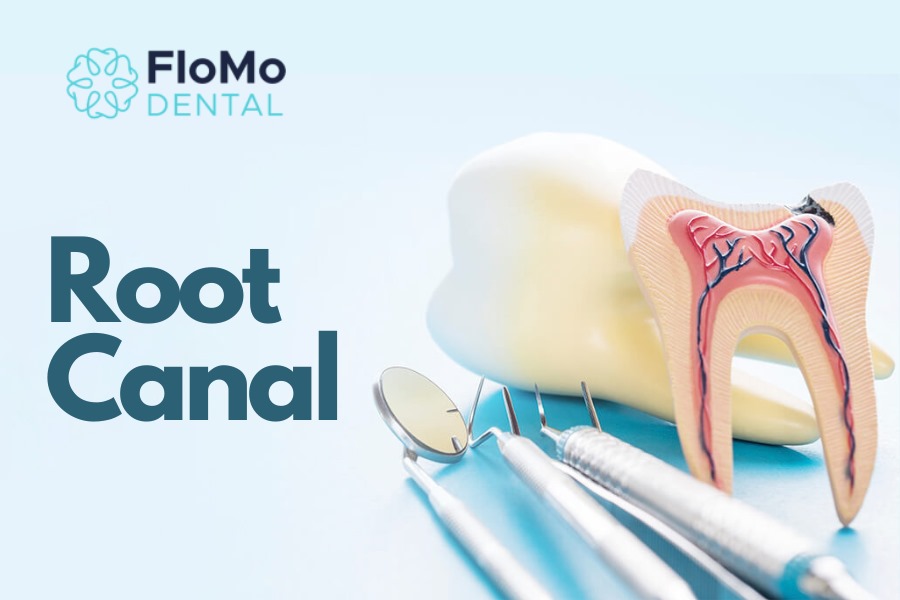Dental crowns are a widely used restorative dental treatment designed to protect, strengthen, and enhance the appearance of teeth. They act as a cap, encasing the entire visible portion of a tooth to restore its shape, size, strength, and functionality. But when exactly are dental crowns necessary? This detailed guide explores the scenarios where dental crowns become an essential part of treatment and the benefits they provide.
Common Indications for Dental Crowns
- Extensive Tooth Decay When a tooth is severely damaged by decay and a traditional filling is insufficient to restore its structure, a dental crown may be necessary. Crowns provide the strength and coverage required to protect the remaining tooth structure from further damage.
- Root Canal Treatment Teeth that have undergone root canal therapy are often left brittle and susceptible to fractures. A dental crown is typically placed after a root canal to reinforce the tooth and restore its full functionality.
- Cracked or Fractured Teeth Cracks and fractures can weaken the structural integrity of a tooth, making it prone to further damage. A crown can hold the tooth together, preventing the crack from worsening and ensuring long-term durability.
- Worn Down Teeth Teeth that have been worn down due to bruxism (teeth grinding) or acid erosion may require crowns to restore their original shape and size. This helps improve bite alignment and prevent further wear.
- Large Fillings When a tooth has a large filling that comprises more than half of its width, the remaining tooth structure is at risk of fracturing. A crown can provide the necessary reinforcement to protect the tooth.
- Cosmetic Enhancement Dental crowns can also be used for aesthetic purposes, such as covering severely discolored or misshapen teeth. They provide a natural and attractive appearance, improving the overall aesthetics of a smile.
- Dental Implants Crowns are an integral part of dental implant procedures. Once the implant is placed into the jawbone, a crown is attached to the implant to mimic the appearance and function of a natural tooth.
- Bridges Dental crowns are often used to support dental bridges. They are placed on the teeth adjacent to the gap, serving as anchors for the bridge and ensuring stability.
The Dental Crown Procedure
The process of getting a dental crown typically involves the following steps:
- Initial Consultation and Examination The dentist evaluates the tooth and surrounding structures to determine if a crown is necessary. X-rays or digital imaging may be used to assess the extent of damage.
- Tooth Preparation The tooth is shaped to accommodate the crown. This may involve removing a small portion of the tooth’s structure to ensure a proper fit.
- Impressions Impressions of the prepared tooth are taken and sent to a dental laboratory, where the crown is custom-made to match the patient’s bite and tooth color.
- Temporary Crown While waiting for the permanent crown, a temporary crown is placed to protect the prepared tooth.
- Crown Placement Once the permanent crown is ready, it is checked for fit and appearance before being cemented onto the tooth.
Types of Dental Crowns
- Metal Crowns Made from alloys like gold or platinum, metal crowns are highly durable and ideal for molars where strength is critical.
- Porcelain-Fused-to-Metal (PFM) Crowns These crowns combine the strength of metal with the natural appearance of porcelain, making them a popular choice for both front and back teeth.
- All-Ceramic or All-Porcelain Crowns These crowns offer the most natural appearance and are ideal for front teeth. They are metal-free, making them a suitable option for patients with metal allergies.
- Resin Crowns Resin crowns are more affordable but less durable than other options. They are often used as temporary crowns.
- Zirconia Crowns Zirconia crowns are known for their strength and aesthetic appeal. They are an excellent choice for patients seeking durability and a natural look.
Benefits of Dental Crowns
- Protection: Crowns shield vulnerable teeth from further damage or decay.
- Durability: High-quality crowns can last 10-15 years or longer with proper care.
- Aesthetics: Modern crowns are designed to mimic the natural appearance of teeth, enhancing the smile.
- Functionality: Crowns restore the ability to bite and chew effectively.
Caring for Dental Crowns
To ensure the longevity of dental crowns, patients should:
- Maintain good oral hygiene, including brushing and flossing daily.
- Avoid chewing hard objects, such as ice or pens, to prevent damage.
- Visit the dentist regularly for check-ups and professional cleanings.
- Wear a nightguard if bruxism is an issue.
Dental crowns are a versatile and effective solution for restoring damaged teeth, improving aesthetics, and enhancing oral health. Whether addressing decay, fractures, or cosmetic concerns, crowns play a vital role in modern dentistry. If you suspect you might need a crown, consult with your dentist to explore the best options for your specific needs. With proper care and maintenance, dental crowns can provide long-lasting results and help you maintain a healthy, confident smile.


